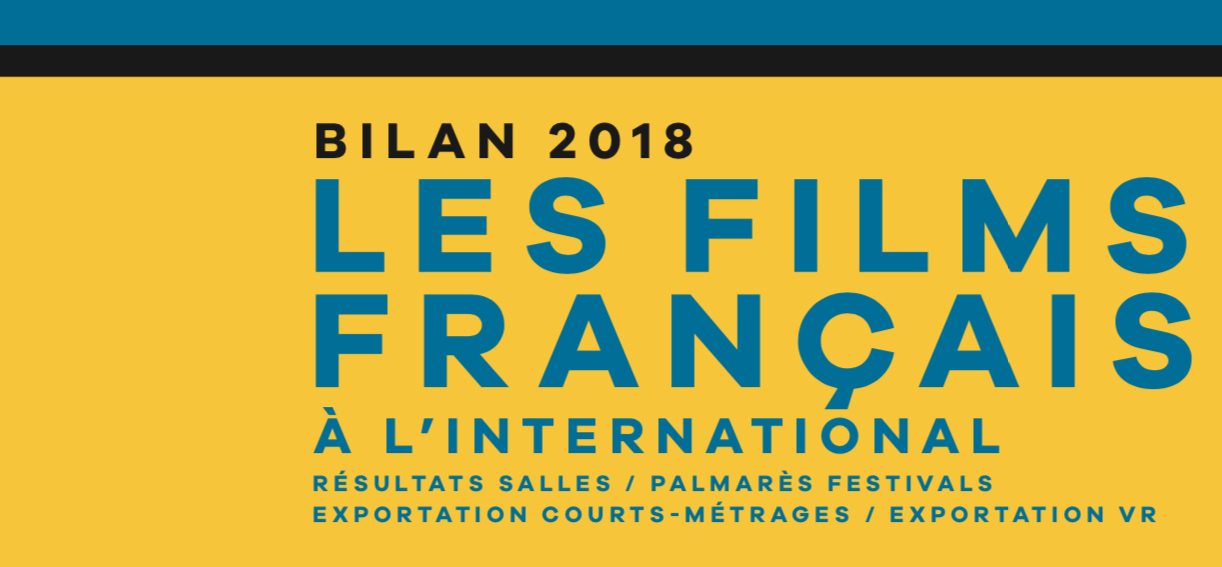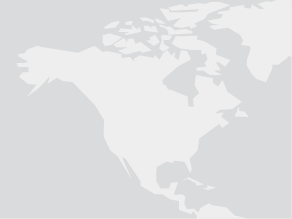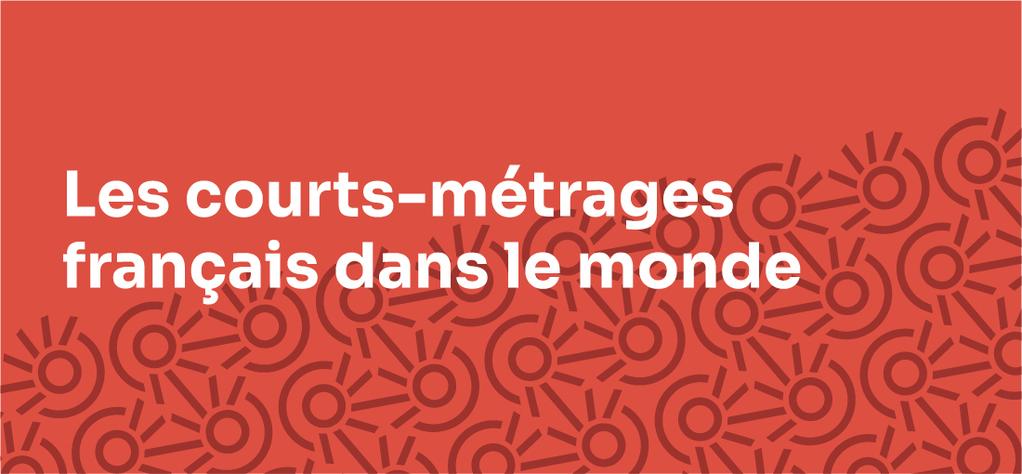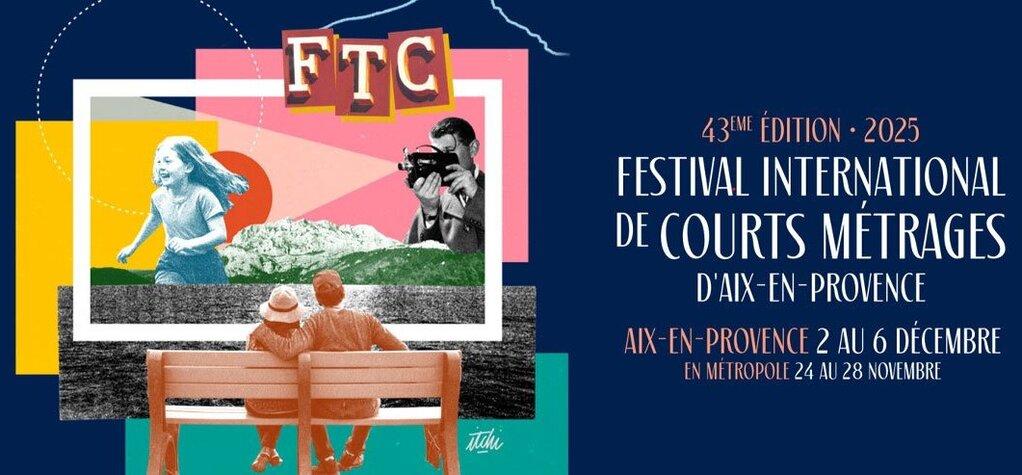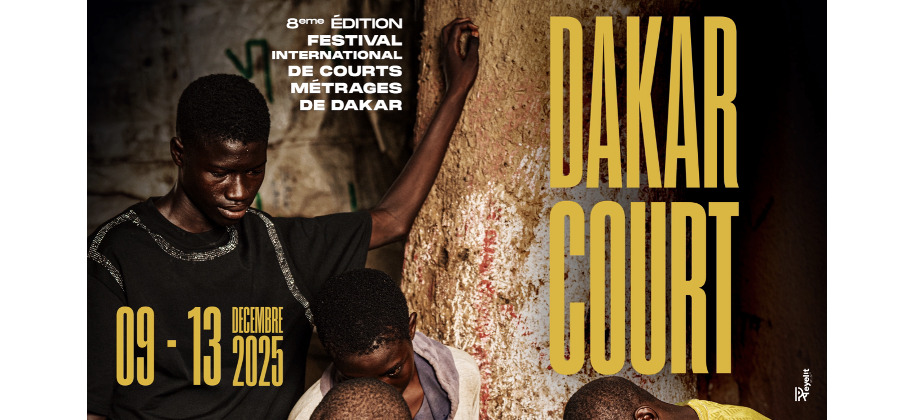After 2017, in which French cinema picked up with 82.5 million admissions, 2018 saw a 47.1% drop: French films brought together 43.7 million spectators and generated €261.3 million in box office revenues. For the second time in five years, French titles generated less admissions abroad than in domestic theaters.
How can this abrupt decline be explained? Firstly, by the absence of spectacular successes such as Valerian and the City of a Thousand Planets (30.4 million admissions), and also Leap (12.7 million admissions), the two greatest sensations of the previous year. If we remove their scores from 2017's total admissions, this reduces the latter to 39.4 million spectators, lower than that of 2018. This counter-performance of French cinema recalls that of 2016 (40.7 million admissions): in both cases, the total number of tickets sold by French productions didn't reach 50 million. That being said, the market share of French films in terms of worldwide admissions (including France), which diminished, settling at 2.05%, did not drop below 2%, as was the case in 2016.
In 2018, French language films recorded 26.9 million admissions internationally, being 61.6% of the total. Their share crossed the 60% threshold for the second time in 10 years, but this feat relates more to the absence of a major foreign language production than to the success of one or several titles (the tally of the year's leader, Taxi 5, stopped at 2.66 million admissions). This absence also impacts on the share of majority productions which accumulated 2.5 million admissions compared with 62.4 in 2017 (when Valerian and the City of a Thousand Planets represented by itself alone 48.7% of admissions). Minority coproductions, on the other hand, attracted 15.2 million spectators, 5 million less than the previous year, and benefited from some of the year's vintage topping a million (the leader Call Me by Your Name, then Cold War, Incident in a Ghostland…) to limit their score's plummet (moreover, their share was enriched by 10.2%). In 2018, 7 titles crossed the symbolic million tickets sold mark and the five top successes represented only 30.6% of the total admissions achieved by French films in foreign theaters, an atomization closely linked to the absence of leading titles.
Three new records were established in 2018 with 2,985 French releases, 1,195 extended runs registered and 810 French films exhibited throughout the world! Over the past ten years, the number of releases has constantly increased (except for 2013 and 2016). We can find several possible answers to these phenomena, including an access to foreign box offices which expands each year and the normalization of digital screenings, which favor multiprogramming: throughout the world the number of films distributed is increasing. French cinema hence needs product that is still more varied and rich in order to keep its place on the world cinema chessboard and to reach its different audiences across the five continents.
Taxi 5 stepped into first place on the list of the most succesful majority French productions abroad in 2018, followed by C'est la vie! and La Ch'tite Famille. This trifecta, with Rolling to You (4th), allows comedy to again become a genre that garnered the highest number of admissions internationally (37.6%). This is the highest total revenue since 2014! The rest of the year's top 10 once again celebrate the diversity of French film production, with the successes of animated films White Fang, Big Bad Fox & Other Tales, and The Jungle Bunch (The Movie), dramas The Insult and The Young Karl Marx,and adventure films Belle and Sebastian, Friends for Life.
Admittedly, 2018 proved to be a disappointing year overall, during which the careers of certain film fell below expectations. That said, the interest in French cinema should not be questioned and the latter still holds a prominent place on the five continents and in international film festival selections. Among the majority French titles within the annual top 20, 10 attracted more spectators abroad than on their home turf, including Madame, Maria by Callas, and Bright Sunshine In. Attendances at French film festivals continued their constant rise (especially in Australia and Mexico) and the French titles on offer lost none of their richness and diversity. Their exhibition is subjected to stiff competition with respect to theater access and market evolution and the shifts in spectators' habits.
2019 will not be an exception to the rule. Mia and the White Lion will attract families to theaters, Astérix: The Secret of the Magic Potion will fly the flag of French animation, with Minuscule - Mandibles from Far Away and Terra Willy added to the mix, while Sink or Swim and Serial Bad Weddings 2 will be ambassadors for comedy. Filmmaker veterans of festivals, such as Olivier Assayas (Non-Fiction), Robert Guédiguian (Gloria Mundi), François Ozon (By the Grace of God), Roman Polanski (An Officer and a Spy), Céline Sciamma (Portrait of a Lady on Fire), and Alice Winocour (Proxima) will certainly be appearing in the awards lists of international film festivals before setting out to travel around the world!
Documents to download
Available to all: an overall synthesis and the complete report (feature films' theatrical results, feature film awards received at international film festivals, short film exports, virtual reality exports).
Related territories: South Africa, Germany, Argentina, Australia, Austria, Belgium, Belarus, Bolivia, Bosnia and Herzegovina, Brazil, Bulgaria, Canada, Chile, China, Colombia, South Korea, Costa Rica, Croatia, Denmark, Egypt, Ecuador, United Arab Emirate, Spain, Estonia, USA, Finland, Greece, Hong Kong, Hungary, India, Indonesia, Ireland, Iceland, Israel, Italy, Japan, Kazakhstan, Latvia, Lebanon, Lithuania, Luxembourg, Malaysia, Morocco, Mexico, Montenegro, Norway, New Zealand, Paraguay, The Netherlands, Peru, Philippines, Poland, Portugal, Quebec, Czech Republic, Romania, United Kingdom, Russia, Serbia, Singapore, Slovakia, Slovenia, Sweden, Switzerland, Taïwan, Thailand, Turkey, Ukraine, Uruguay, Venezuela, Vietnam
Related geographical zones: Africa, North America, Latin America, Asia, Central and Eastern Europe, Western Europe, Worldwide, Middle East, Oceania
Study
UniFrance - Bilan 2018
UniFrance - Bilan 2018 - Introduction


